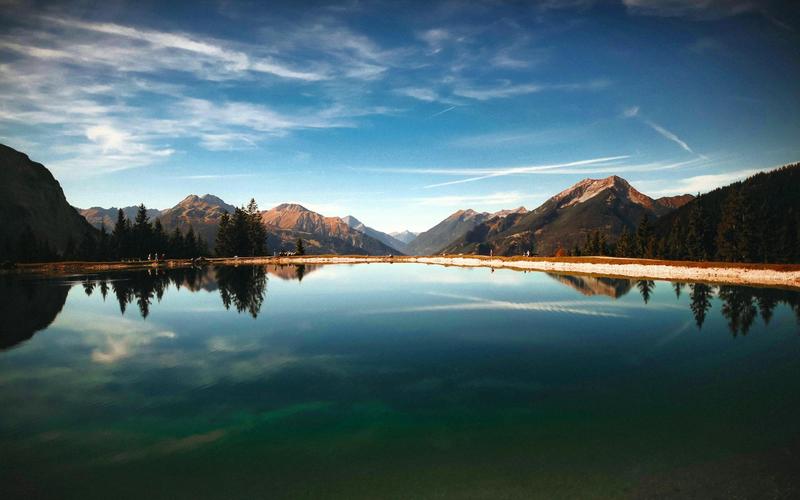Nepal is a country that boasts a rich cultural heritage, with diverse customs and traditions that vary from region to region. The tapestry of Nepal’s cultural diversity is a colorful one that has been woven over centuries, and it continues to be an enigma for outsiders to unravel. Despite its small size, Nepal has over 125 ethnic groups, each with its distinct language, dress, and traditions.
The vibrant cultural tapestry of Nepal is a sight to behold. From the snow-capped mountains and pristine forests to the bustling cities, the country is home to a diverse range of cultural practices. The traditional dances and musical performances are a feast for the eyes and ears, but they also express the people’s unique way of life and their beliefs. Let’s delve deeper into the fascinating world of Nepal’s cultural diversity.
The Newar community is one of the oldest ethnic groups in Nepal, residing mainly in the Kathmandu valley. The community has a distinct language, dress, and cuisine, along with a rich history of art and architecture. Newar cuisine is famous for its savory momos (dumplings) and sweet yomari (a rice cake filled with molasses). Similarly, the Newar style of architecture can be seen in the various temples and stupas that adorn the valley.
The indigenous Tharu people, on the other hand, are known for their unique farming practices and intricate weaving techniques. They reside mainly in the Terai region, and their colorful dress and intricate jewelry reflect their love for nature and their close relationship with it. Their painting and pottery techniques are also an essential part of their cultural identity.
The Gurung people, another prominent ethnic group, reside mainly in the mountains and are known for their bravery and military skills. They are also famous for their traditional dance, the Ghantu dance, which is performed during festivals and celebrations. Similarly, the Sherpas residing in the mountain regions are well-known for their mountaineering skills and their kindness and hospitality towards tourists.
In conclusion, Nepal’s diverse cultural tapestry is truly unique and colorful, with each ethnic group having its distinct flavors and customs. Whether it’s the Newar community’s art and cuisine, the Tharu people’s weaving techniques, the Gurung people’s martial skills, or the Sherpas’ mountain expertise, each group has made a significant contribution to Nepal’s cultural heritage. More than anything, however, Nepal’s cultural diversity reminds us of the value of embracing and respecting differences, which is a lesson that we all need to learn.
(Note: Do you have knowledge or insights to share? Unlock new opportunities and expand your reach by joining our authors team. Click Registration to join us and share your expertise with our readers.)
